We may earn money or products from the companies mentioned in this post. This means if you click on the link and purchase the item, I will receive a small commission at no extra cost to you ... you're just helping re-supply our family's travel fund.

Some of the world’s most recognizable landmarks are not finished masterpieces but ongoing experiments in stone, concrete, and imagination. Their scaffolding, bare walls, and closed-off wings tell stories about interrupted dynasties, shifting politics, and funding that never quite kept pace with ambition. Travelers stare up at cranes and incomplete towers and realize history is not frozen; it is still being carved, poured, and reshaped. These places carry a rare magic: the feeling of walking into a story that has not yet settled.
Sagrada Familia, Barcelona, Spain

Construction cranes still cling to the Sagrada Familia, even as its soaring towers redefine the Barcelona skyline. Work began in 1882 and has navigated war, funding shifts, and years of meticulous craftsmanship. The central Jesus tower continues rising toward its planned height, with artisans shaping facades and interior details that honor Gaudí’s complex vision. Visitors often feel they’re watching a living cathedral, evolving in real time rather than resting in the past.
Crazy Horse Memorial, South Dakota, USA

High in the Black Hills, the evolving profile of Crazy Horse emerges from the mountainside, carved with patience and explosive precision. His completed face already dwarfs the presidents at nearby Mount Rushmore, yet most of the figure and horse remain raw stone. Because the project relies on private funding and Native-led direction, progress moves with the rhythm of donations, weather, and granite’s stubborn resistance. Each new cut carries the weight of cultural legacy and generational commitment.
Ryugyong Hotel, Pyongyang, North Korea

The Ryugyong Hotel stands like an immense, glassy pyramid, its 105 stories completed in height but hollow inside. Construction began in the late 1980s and stalled during regional economic collapse, leaving an unfinished structure that dominated the skyline. Work later resumed to finish the reflective exterior, but the interior remains largely unused. The building’s presence feels surreal, a bold architectural gesture suspended between ambition and abandonment.
Cathedral of St. John the Divine, New York City, USA
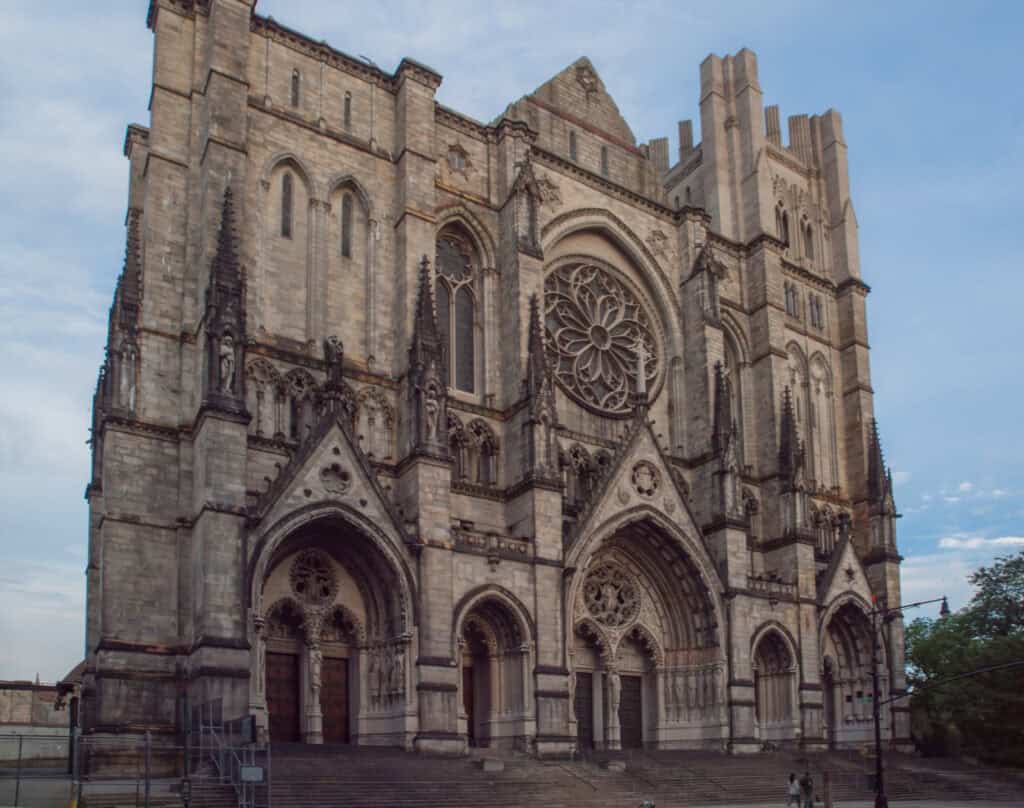
On Manhattan’s Upper West Side, the Cathedral of St. John the Divine remains proudly unfinished more than a century after breaking ground. Shifting architectural plans, financial strains, and a major fire halted work on towers, transepts, and a central spire. Only about two-thirds of the original design exists today, yet the cathedral thrives as a living community space. Its unfinished edges have become part of its character, blending aspiration with everyday purpose.
Neuschwanstein Castle, Bavaria, Germany
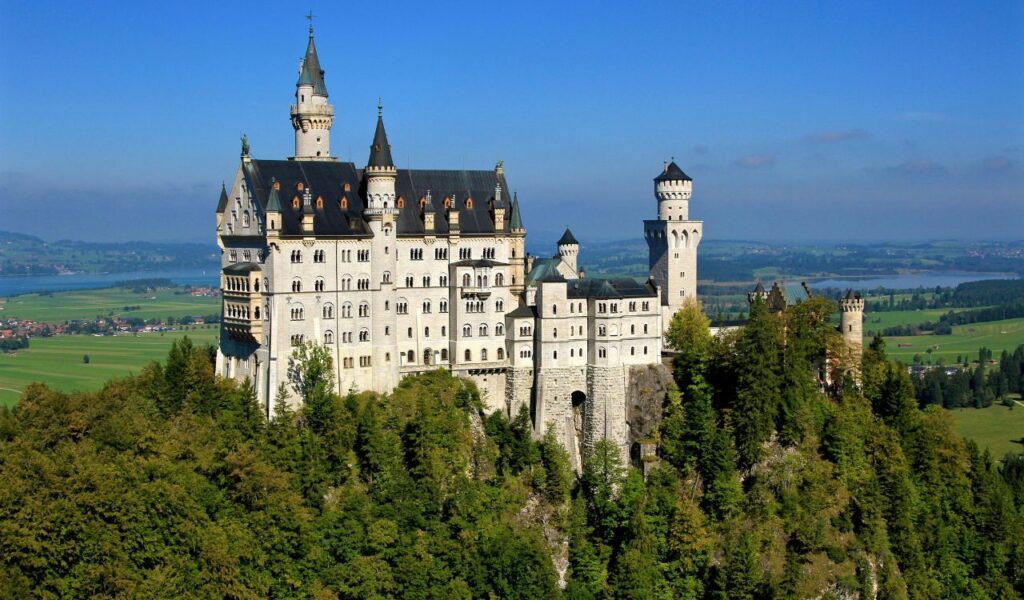
Neuschwanstein looks complete from a distance, but inside and atop its cliffs, the dream remains partly unrealized. King Ludwig II envisioned sprawling chambers inspired by medieval romance and operatic mythology, but his death in 1886 stopped construction abruptly. Only a portion of the planned rooms were ever decorated, leaving empty upper floors and unbuilt wings. The result is a fairytale interrupted, suspended in the moment where imagination met reality.
Hassan Tower, Rabat, Morocco
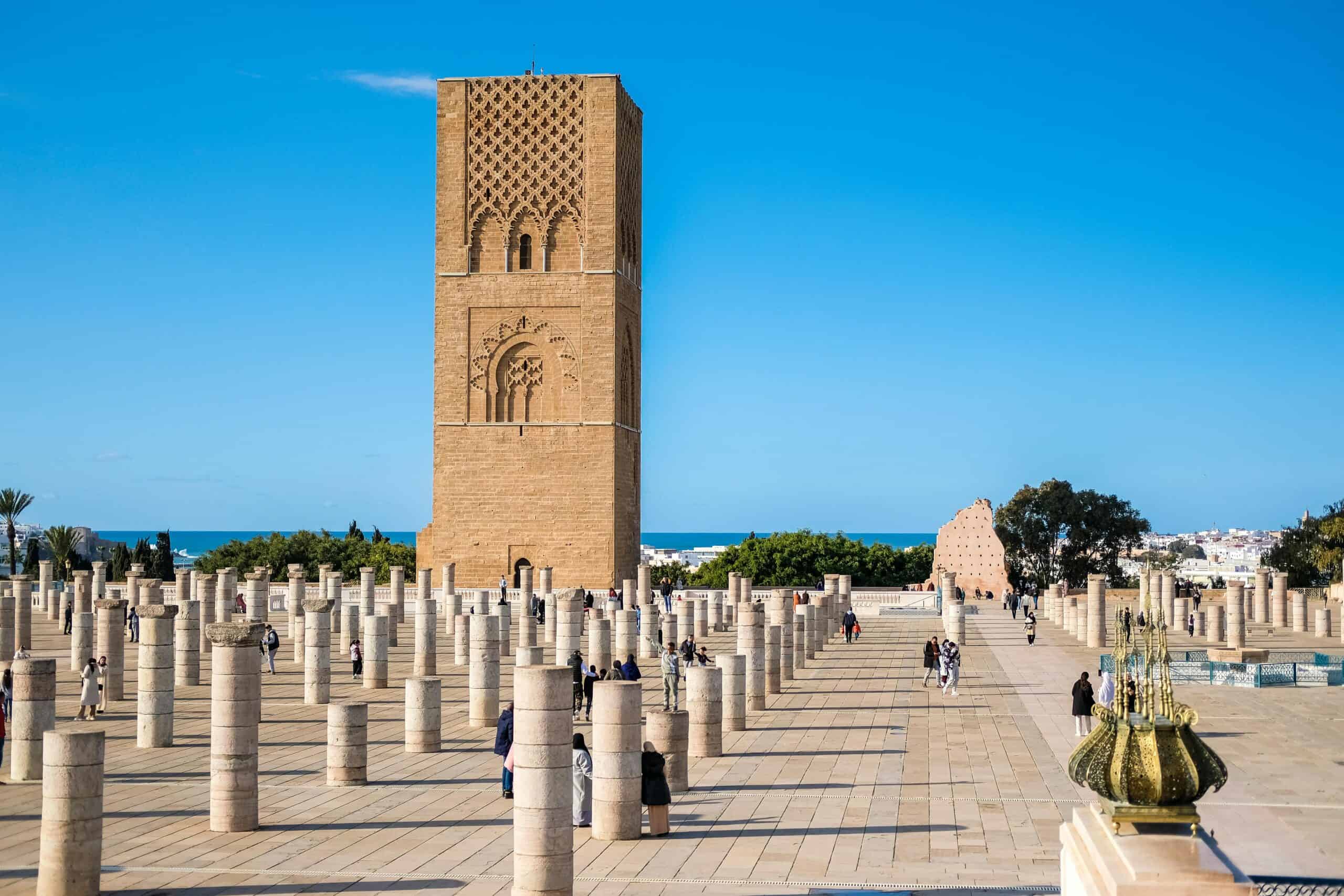
The Hassan Tower rises above Rabat as a warm sandstone reminder of an unfulfilled imperial vision. Built in the late 12th century, it was meant to anchor one of the world’s largest mosques until the death of Sultan Yacoub al-Mansur halted all progress. The minaret stands alone among foundations and scattered columns. Its unfinished profile creates a quiet contrast between what was planned and what history allowed.
Mingun Pahtodawgyi, Mingun, Myanmar
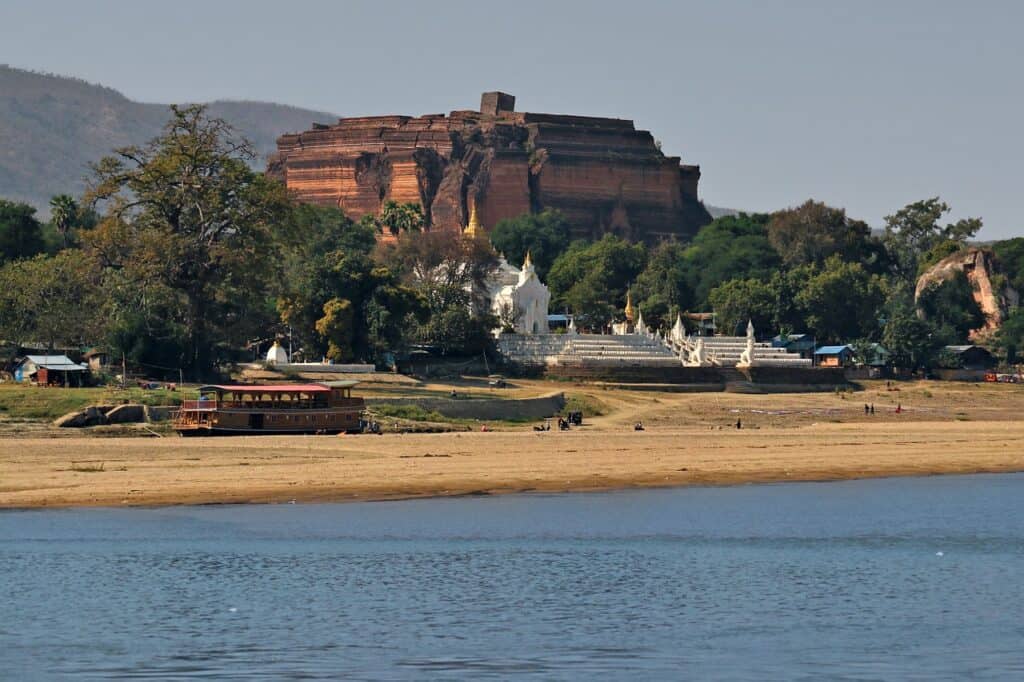
The Mingun Pahtodawgyi looms on the riverbank as a giant brick mass, cracked yet imposing. King Bodawpaya began the stupa with dreams of grandeur, only to face a prophecy suggesting his death would follow its completion. Construction eventually stopped, and a later earthquake split the structure even further. Nearby, the great Mingun Bell still rings, echoing the ambition of a monument that never reached its full height.
National Monument, Edinburgh, Scotland

Perched on Calton Hill, the National Monument was intended to echo the Parthenon in honor of Scots who died in the Napoleonic Wars. Funding evaporated in the 1820s, leaving only a partial colonnade. What began as a political embarrassment grew into a beloved landmark, framing Edinburgh’s skyline with striking stone symmetry. Its unfinished state has become part of the city’s visual vocabulary, praised as much as it is teased.
Great Sphinx Complex, Giza, Egypt

The Great Sphinx feels eternal, yet archaeologists see signs of projects left unfinished around its massive body. Portions of the surrounding quarry appear abandoned, and associated temples show evidence of halted construction phases. Over millennia, restoration work has repeatedly patched and reinforced the structure, blending ancient intentions with modern preservation. Its unfinished nature adds to its mystique, carrying layers of craftsmanship across countless generations.
Ta Keo Temple, Angkor, Cambodia
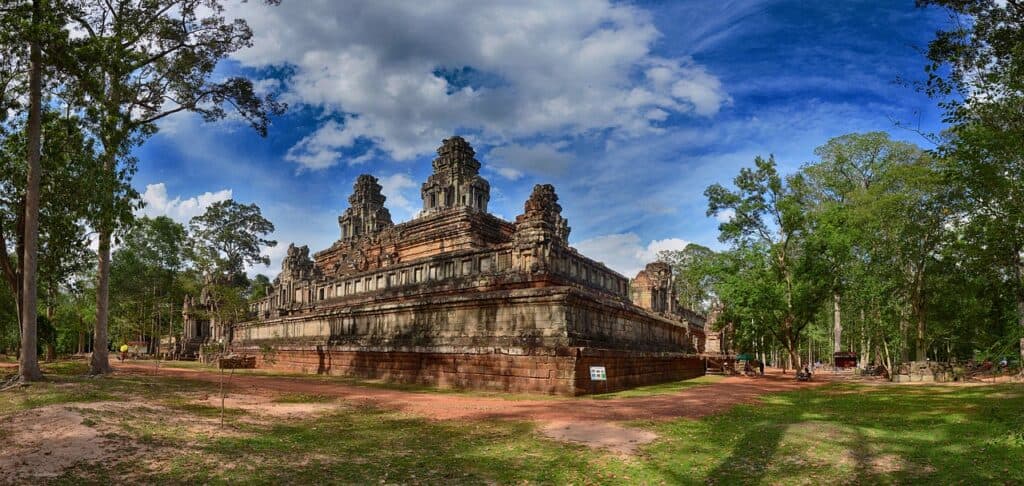
Ta Keo stands out among Angkor’s ornate temples for its stark, uncarved surfaces. Built in the late 10th century as a state temple for Jayavarman V, it may have been abandoned after a lightning strike or the king’s death. Carvings never progressed beyond basic shaping, so the temple’s sandstone blocks appear raw and geometric. This bare aesthetic gives Ta Keo a powerful, austere presence, as if the artisans simply walked away.
Ajuda National Palace, Lisbon, Portugal

The Ajuda National Palace began as a grand royal residence meant to rise from the rubble of Lisbon’s devastating earthquake. Political upheaval, shifting priorities, and the royal family’s temporary move to Brazil slowed progress over decades. The western wing and several decorative plans never materialized. Today, the palace serves as a museum and ceremonial venue, its incomplete framework revealing the complicated path of Portuguese history.
Boldt Castle, Heart Island, New York, USA

Boldt Castle was born from devotion and halted by heartbreak. George Boldt commissioned the lavish island estate for his wife, Louise, but ended all construction after her sudden death in 1904. For decades, the castle sat abandoned, weathered by storms and silence. Restoration efforts revived many rooms starting in the 1970s, though sections intentionally remain untouched. The unfinished corners preserve the emotional weight of the story that shaped it.